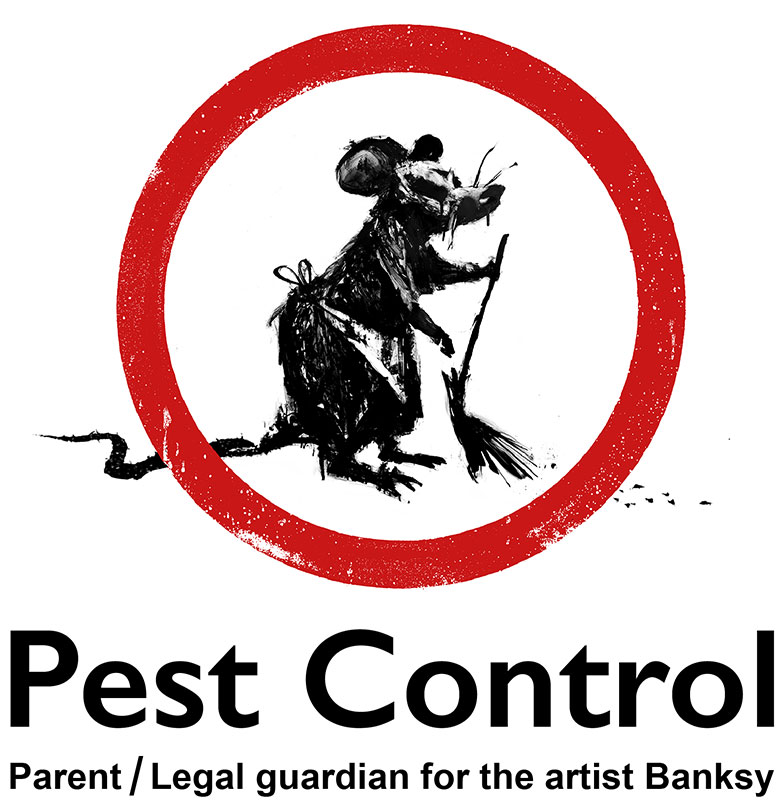Bed Bug Treatment Break Down: Contrasting Chemical Vs. Non-Chemical Solutions
In the realm of insect control, specifically when dealing with the consistent issue of bed bugs, the option in between chemical and non-chemical treatment remedies can be a crucial one. Both methods use distinctive advantages and downsides, affecting factors such as effectiveness, safety considerations, and general expense. By checking out the nuanced information of each approach, a more clear understanding of which course to seek in addressing a bed insect invasion can be acquired.
Performance of Chemical Therapies
Chemical treatments for bed insect infestations have actually been widely identified for their powerful and rapid efficiency in eradicating these bugs. When thinking about the efficiency of chemical treatments, it is crucial to recognize that they can offer a quick and detailed option to a bed bug trouble.
Furthermore, chemical treatments have the benefit of providing recurring effects, implying that they can remain to remove bed pests even after the preliminary application. This recurring action is specifically valuable in combating any type of possible re-infestations. Additionally, the rapid action of chemical therapies can bring relief to individuals encountering serious bed insect problems, allowing them to regain control of their home promptly.
Safety And Security Worry About Chemical Solutions
One essential element that calls for cautious factor to consider when making use of chemical options for bed insect therapy is making sure the safety of owners and the setting. Direct exposure to certain chemicals made use of in bed insect treatments can lead to respiratory concerns, skin irritability, or various other unfavorable reactions, particularly in people with pre-existing conditions or sensitivities.
In addition, the ecological effect of chemical remedies is another significant factor to consider. Some chemicals made use of in bed bug treatments may be dangerous to beneficial bugs, wildlife, and ecosystems if they leach into the soil or water supply. It is vital to use chemical treatments judiciously, complying with security standards, and thinking about less hazardous alternatives to minimize these dangers and ensure the effective and safe management of bed bug invasions.
Advantages of Non-Chemical Methods
Taking into consideration the possible safety and security worries and ecological impact connected with chemical options for bed pest therapy, exploring non-chemical approaches presents a promising alternative with several distinctive advantages. Non-chemical approaches supply a more secure option for families, particularly those with family pets, kids, or individuals delicate to harsh chemicals. These approaches eliminate the risks of direct exposure to hazardous materials, lowering the potential for negative health results. Moreover, non-chemical treatments are eco friendly, as they do not add to air or water air pollution, making them a sustainable selection for bug control.
In addition, non-chemical remedies can be reliable in targeting bed insects, consisting of hard-to-reach locations where chemical therapies might not pass through - A1 bed bug exterminator charlotte. Techniques such as warm therapy, vacuuming, heavy steam cleansing, and mattress encasements provide thorough eradication without the usage of harmful chemicals.
Limitations of Non-Chemical Treatments

Additionally, non-chemical treatments often call for numerous applications to attain successful obliteration. This can be lengthy and might not constantly assure full elimination of all bed pests and their eggs, especially in hidden or hard-to-reach areas.
In addition, the success of non-chemical treatments heavily relies on Recommended Site correct implementation and thoroughness, which can be testing for people without professional experience. Inadequate application of non-chemical methods might lead to insufficient removal, bring about relentless invasions and the need for extra treatments.
As a result, while non-chemical therapies have their benefits, it is vital to recognize these constraints and consider them when figuring out the most reliable technique for taking care of bed pest invasions.
Price Comparison: Chemical Vs. Non-Chemical Options
Provided the constraints connected with non-chemical treatments, a vital aspect to assess in the context of bed insect management is the price comparison in between chemical and non-chemical options. Chemical treatments typically involve the application of pesticides by professionals, which can range from $250 to $900 per room, depending on the severity of the problem and the size of the area to be dealt with. On the other hand, non-chemical therapies like heat therapy or vapor can be extra costly, with costs varying from $1,000 to $6,000 for an entire home. While the first price of chemical treatments might seem reduced, several therapies may be called for to totally eliminate the problem, potentially boosting the general expense. On the other bedbugs hand, non-chemical choices may supply a much more sustainable and environmentally friendly service, although continue reading this they can be cost-prohibitive for some people. Ultimately, when considering the cost of bed insect treatment alternatives, it is essential to evaluate the ahead of time expenditures versus the efficiency and long-lasting sustainability of the chosen approach.
Verdict

Thinking about the prospective safety and security worries and environmental impact associated with chemical services for bed insect treatment, checking out non-chemical techniques offers an encouraging alternative with numerous distinct benefits.Offered the constraints linked with non-chemical treatments, an essential facet to examine in the context of bed bug monitoring is the expense comparison in between chemical and non-chemical options. In comparison, non-chemical treatments like heat treatment or heavy steam can be a lot more costly, with prices varying from $1,000 to $6,000 for a whole home. While the initial price of chemical therapies might seem reduced, multiple therapies might be called for to fully remove the infestation, potentially enhancing the general expense.In verdict, when comparing chemical and non-chemical bed bug therapy alternatives, it is vital to think about effectiveness, security, advantages, constraints, and expense.